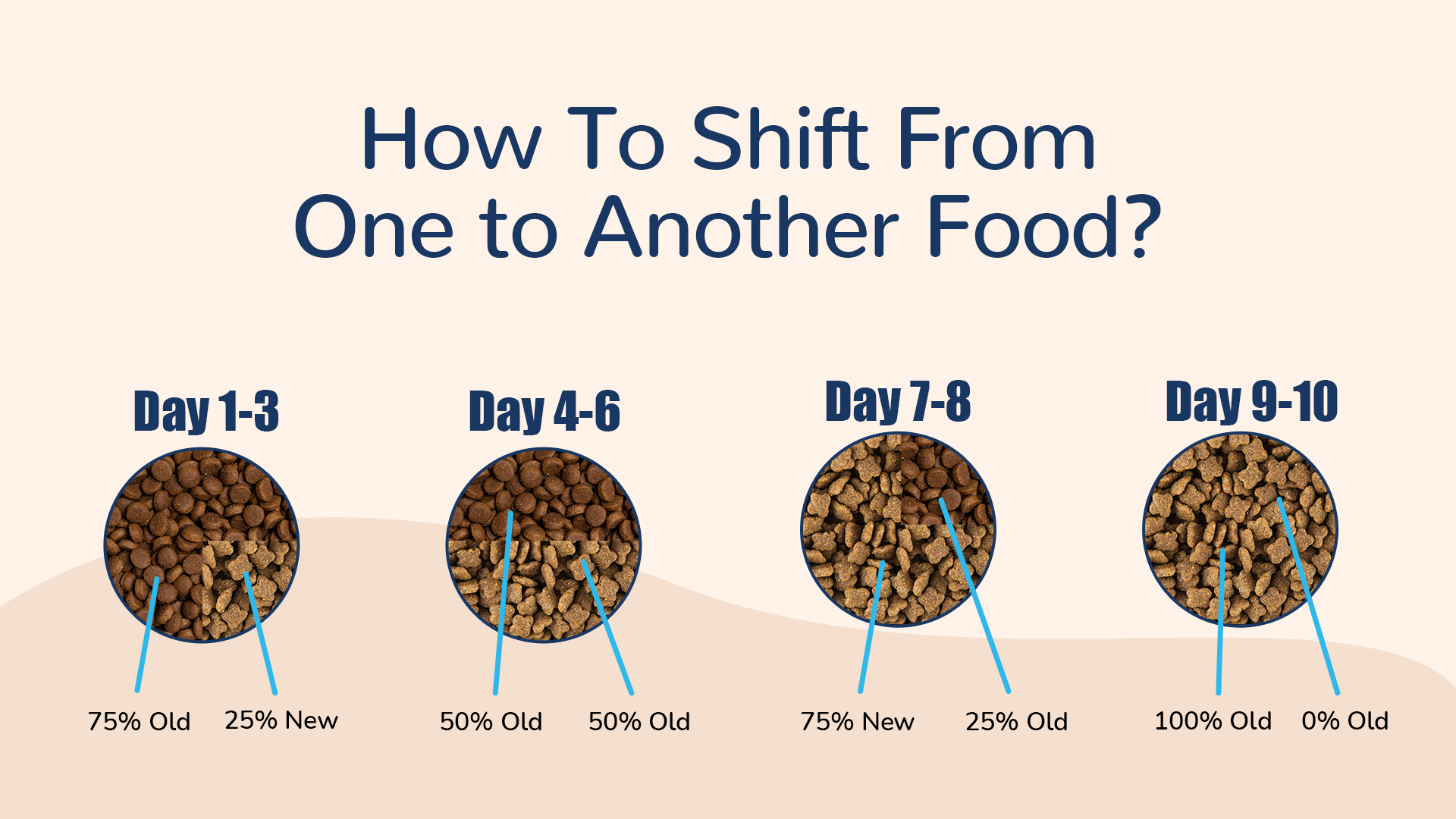Maintaining a healthy weight is crucial for your dog's overall well-being. Choosing the right dog food can play a significant role in managing your pet's weight effectively. This guide will help you understand the importance of weight management, key factors to consider when selecting dog food, and how to transition your dog to a weight management diet.
Understanding the Importance of Weight Management in Dogs
Health Risks Associated with Overweight Dogs
Overweight and obesity in dogs can lead to a host of health problems. Excess weight puts continuous strain on a dog's joints, which in the long run can lead to arthritis and mobility issues. Studies have shown that overweight dogs are more likely to suffer from conditions such as diabetes, heart disease, hypothyroidism, and respiratory problems. Excess fat can also affect the liver and kidneys, making it harder for your pet to stay active and enjoy life.
Benefits of Maintaining a Healthy Weight
Maintaining a healthy weight offers numerous benefits for your dog. A balanced weight improves energy levels, supports joint health, and reduces the risk of chronic diseases. A proper weight management plan can enhance your dog’s quality of life, allowing them to remain active, playful, and healthy as they age. Regular exercise and a well-chosen diet can help keep your dog in optimal condition.
Key Factors to Consider When Choosing Dog Food
Nutritional Requirements for Weight Management
When selecting dog food for weight management, it's essential to consider the nutritional content. Look for foods that are high in protein and low in fat. Protein helps maintain muscle mass while promoting a feeling of fullness, which reduces the chances of overeating. Fiber is also an important component as it aids digestion and helps your dog feel satisfied longer. Ensure the food is complete and balanced, meeting your dog's nutritional needs while supporting weight management.
Reading and Understanding Dog Food Labels
Understanding dog food labels is crucial in choosing the right product. Look for terms like "light," "weight management," or "low-fat" on the packaging. Ensure the food contains high-quality ingredients and meets AAFCO (Association of American Feed Control Officials) standards. Be wary of fillers, such as corn and soy, which can add unnecessary calories without providing significant nutritional value. Ingredients like chicken, lamb, or fish should be listed as the primary protein sources.
Types of Dog Food for Weight Management
Dry Dog Food
Dry dog food, or kibble, is a popular choice for weight management due to its convenience and cost-effectiveness. It helps keep your dog’s teeth clean and is easy to store. Weight management kibble typically contains reduced fat and increased fiber to help with satiety. Brands like Farima, Pedigree, Drools, and Royal Canin offer specialized formulas for weight control.
Wet Dog Food
Wet dog food can be beneficial for dogs who are less inclined to drink water or have dental issues. It often has a higher moisture content, which can aid in hydration and make meals more palatable. Ensure the wet food you choose is formulated for weight management and does not contain excessive calories. Brands such as Nutro and Purina Pro Plan provide options with lower fat content and added fiber.
Prescription Diets
In some cases, your veterinarian may recommend a prescription diet for weight management. These specialized foods are designed to address specific health needs and often contain higher levels of certain nutrients to support weight loss and overall health. Prescription diets are particularly useful for dogs with underlying health conditions that require a controlled diet.
Homemade Dog Food
Homemade dog food can be a good option if you prefer to have full control over your dog’s diet. Consult with your veterinarian or a pet nutritionist to ensure that the homemade meals are nutritionally balanced and meet your dog's weight management needs. Homemade diets should be carefully planned to include appropriate levels of protein, fiber, vitamins, and minerals.
Tips for Transitioning Your Dog to Weight Management Food>
Gradual Transition Process
When introducing a new weight management food to your dog's diet, it’s important to make the transition gradual. Start by mixing a small amount of the new food with your dog’s current food and slowly increase the proportion over 7-10 days. This helps prevent digestive upset and allows your dog to adjust to the new diet. A gradual transition also helps ensure that your dog will accept the new food more readily.

Monitoring Your Dog's Progress
Regularly monitor your dog’s weight and overall condition after switching to a weight management food. Keep track of their weight, energy levels, and body condition. Regular weigh-ins and visual assessments can help gauge progress. Adjust the portion size or food type if necessary, and consult with your veterinarian to ensure your dog is achieving their weight management goals.
Frequently Asked Questions (FAQs)
1. How do I know if my dog needs weight management food?
Consult your veterinarian to determine if your dog needs weight management food. They can assess your dog’s body condition score (BCS) , weight, and overall health to recommend an appropriate diet. If your dog is overweight or obese, your vet will guide the best dietary approach for weight management.
2. Can I feed my dog regular food and just reduce the portion size?
While reducing portion size can help with weight control, it may not address all the nutritional needs for effective weight management. Specialized weight management foods are formulated to provide balanced nutrition while helping your dog lose or maintain weight. These foods often include higher fiber content and lower fat to support weight loss.
3. How long does it take to see results with weight management dog food?
Results can vary depending on your dog's metabolism, activity level, and adherence to the new diet. Typically, you may see noticeable changes within a few weeks to a couple of months. Regular check-ups with your veterinarian will help track progress and make any necessary adjustments to the diet.
4. Are there any specific ingredients I should look for in weight management dog food?
Look for ingredients high in protein, low in fat, and fiber. Avoid foods with excessive fillers, sugars, or artificial additives. High-quality proteins, whole grains, and vegetables are beneficial for a balanced weight management diet. Ingredients like chicken, turkey, and sweet potatoes are good choices.
5. What should I do if my dog is not losing weight even after using a prescription diet or weight management food?
It is possible due to hypothyroidism and non-thyroidal illness. Consult with our Zigly vets by visiting your nearest Zigly experience centers for more guidance and diagnostic tests if recommended/ required.









